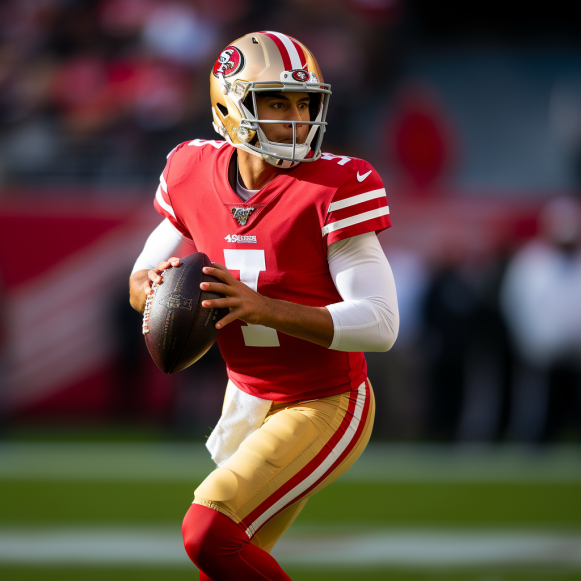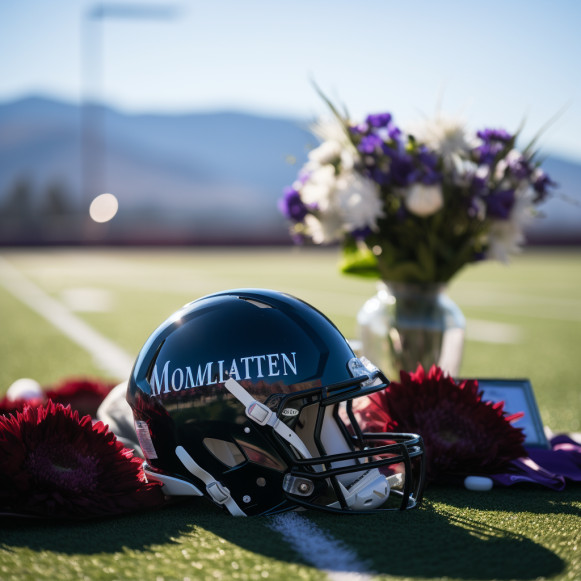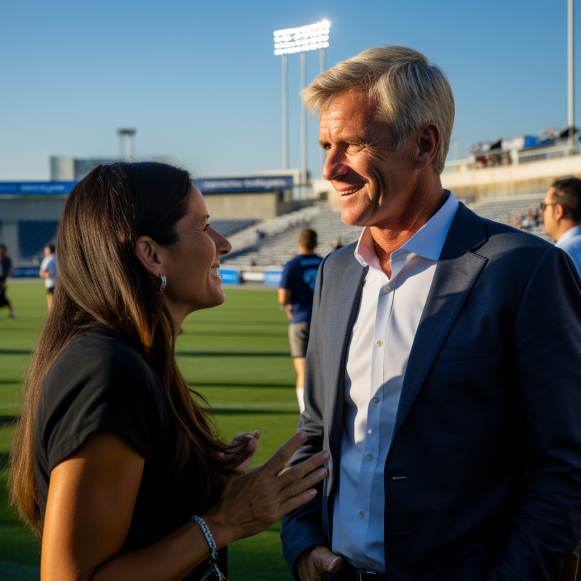Pac-12 rewind: Colorado survives, UW and Oregon roll as epic non-conference performance continues
The Pac-12 should have eight teams ranked in the AP top-25 poll again this week
Recapping the best and worst of Week 3 Pac-12 action…
This week’s theme is blowouts.
Only one of the nine Pac-12 wins on Saturday (Colorado over Colorado State) was closer than two touchdowns. What is the average margin of victory? Consider 28.7 points. In several cases, the margin could have been much lower. UCLA outscored North Carolina Central by 45 points in the first half; Washington State outscored Northern Colorado by 43 points in the first half; Washington outscored Michigan State by 35 points in the first half; and Oregon outscored Hawaii by 34 points in 30 minutes.
The AP poll will be the topic of next week’s discussion.
Due to the lack of upsets in Week 3, the Pac-12 will begin round-robin play on September 23 with eight teams ranked in the AP top-25 poll (for the second week in a row). This should ensure a slew of ranked-against-ranked matchups throughout October, as well as plenty of primetime TV time for the conference. Only the SEC has ever had eight teams ranked in the AP poll.
September success is the theme of the month.
With two games remaining (Stanford and USC against Notre Dame), the Pac-12 is 9-2 this week and 29-5 overall in non-conference play. The winning percentage of.852 is one of the best in recent conference history. The Big 12’s non-conference win rate in 2011 was.900, while the SEC’s was.879 just five years ago. Furthermore, the Pac-12 is 7-3 against Power Five opponents, with only one loss (Stanford to Sacramento State) qualifying as an upset. The Pac-12 was the underdog in the other four games (ASU to Fresno State and Oklahoma State, Arizona to Mississippi State, and Cal to Auburn).
The season’s theme is bowl math.
The conference is contractually obligated to seven bowl games and frequently struggles to produce enough eligible teams to meet its obligations. This year, there may be more participants than available slots. With nine games remaining, eight teams are halfway to eligibility. Given that losses are bound to mount in October and November, this provides a significant cushion. Since the 2017 season, the Pac-12 has produced nine eligible teams, with two, Washington and USC, reaching the New Year’s Six.
Week’s game: Colorado 43, Colorado State 35 (OT).
The Buffaloes trailed 28-20 late in the fourth quarter before driving 98 yards for the game-tying touchdown and winning in overtime. Overall, the Rams aided CU by committing an astounding 17 penalties for 182 yards — Herm Edwards is impressed — and compounding their problems with four turnovers. With the emotions of the in-state rivalry and pre-game banter, the duel was fantastic theatre. At its finest, this is #Pac12AfterDark.
Washington is this week’s team of the week.
The Huskies had a significant opportunity to demonstrate their postseason credentials with a road game in Big Ten country, and they took full advantage of it. The 41-7 thrashing of Michigan State sent a message to the Eastern Time Zone that Washington should be considered a playoff contender, and quarterback Michael Penix (four touchdowns, 473 yards) is a Heisman Trophy contender at the A-level. The absence of MSU coach Mel Tucker, who was suspended earlier in the week, does not diminish UW’s outstanding performance.
Shedeur Sanders, quarterback for Colorado, was named player of the week.
Sanders struggled against Colorado State for much of the night, in part because his favorite target, Travis Hunter, was knocked out on a cheap hit. (The two-way star is expected to be out for several weeks due to an unspecified injury.) But when it counted, Sanders delivered masterfully: he led the Buffaloes on a 98-yard game-tying touchdown drive in the final minute, then threw two touchdown passes in overtime to seal the victory. His stats were 348 yards and four touchdowns.
Michael Penix of Washington is the best half.
The surgical senior had possibly the best half of his career against Michigan State, completing 20-of-25 passes for 375 yards and four touchdowns in the first 30 minutes as UW built a commanding lead. The performance undoubtedly made an impression on Heisman Trophy voters in the Midwest region. We are constantly astounded by Penix’s ability to move so effectively in the pocket while carrying an ICBM launcher on his left shoulder.
Stanford suffered the most devastating defeat.
Coach Troy Taylor’s former team, Sacramento State, came from behind to defeat the Cardinal. Stanford led midway through the fourth quarter but fell short in a 30-23 defeat, the school’s second loss to an FCS opponent. (The other one went to UC Davis in 2005.) Prepare yourself for a long year on The Farm.
Worst victory: Cal
We say that with a sarcastic tone, because no victory can be considered an unfortunate event (especially in bowl math). However, Cal trailed Idaho 17-0 in the first half before waking up and scoring 31 points in a row. On a day when their opponents dominated, the Bears looked shaky in comparison.
Oregon State had the most disappointing performance.
The Beavers defeated San Diego State 26-9, maintaining a two-possession lead throughout the second half and averaging 7.7 yards per play. But the fact that the performance left us wanting more is a testament to their elevated standards under coach Jonathan Smith. (QB DJ Uiagalelei never looked at ease and threw two interceptions.) Given that the Beavers were 24.5-point favorites, the Hotline isn’t alone in its opinion.
Arizona State had the worst offensive performance.
The Sun Devils were without injured quarterback Jaden Rashada, who will be out for at least a month (and may redshirt). But that doesn’t explain their 29-0 loss to Fresno State, in which they turned the ball over eight times — eight! — and were shut out at home for the first time since 1988. Feel free to blame ASU’s administration for nearly everything that is wrong with the program, but the coaching staff is to blame for this performance.
Colorado has the worst field storming.
We understand the fervor in Boulder, but the Buffaloes were 23-point favorites over a Group of Five opponent that lost its season opener 50-24 (to Washington State). Perhaps raise the bar a little higher.
Pac-12 quarterbacks are the month’s statistic.
In our opinion, the top five passers in the conference are Caleb Williams of USC, Michael Penix of Washington, Cam Ward of Washington State, Bo Nix of Oregon, and Shedeur Sanders of Colorado. They have combined to throw 51 touchdowns and only two interceptions in three games.
Arizona’s season stat:
So far, the Wildcats have surrendered 37 points in regulation, an average of 12.3 per game. That rate will almost certainly rise once conference play begins, but it compares favorably to Arizona’s defensive performance the previous two seasons, when the Wildcats allowed an average of 28.3 points in six non-conference games.
Washington State is the stat of the decade.
The Cougars scored 43 points in the first half and 64 points overall against Northern Colorado, their highest totals since posting 55 points in the first half and 69 points overall against Arizona in 2018.
Utah was the state of the time.
The Utes improved to 22-0 in non-conference home games since joining the Pac-12 in 2011 with their businesslike victory over Weber State. Because this is their final year before moving to the Big 12, they will leave with a perfect record.
Next week’s games include Colorado at Oregon and Oregon State at Washington State.
The biggest story in college football is making its way to Eugene. We believe CU coach Deion Sanders will make the most of Oregon’s summer salvo, which included the remark, “Do you remember them winning anything?” after Colorado bolted for the Big 12. Meanwhile, the unbeaten Beavers and Cougars meet in Pullman for a ‘Pac-2’ showdown with plenty of off-field intrigue. The storylines for both games are so compelling that a third matchup of ranked, undefeated teams, UCLA at Utah, will receive little attention.





